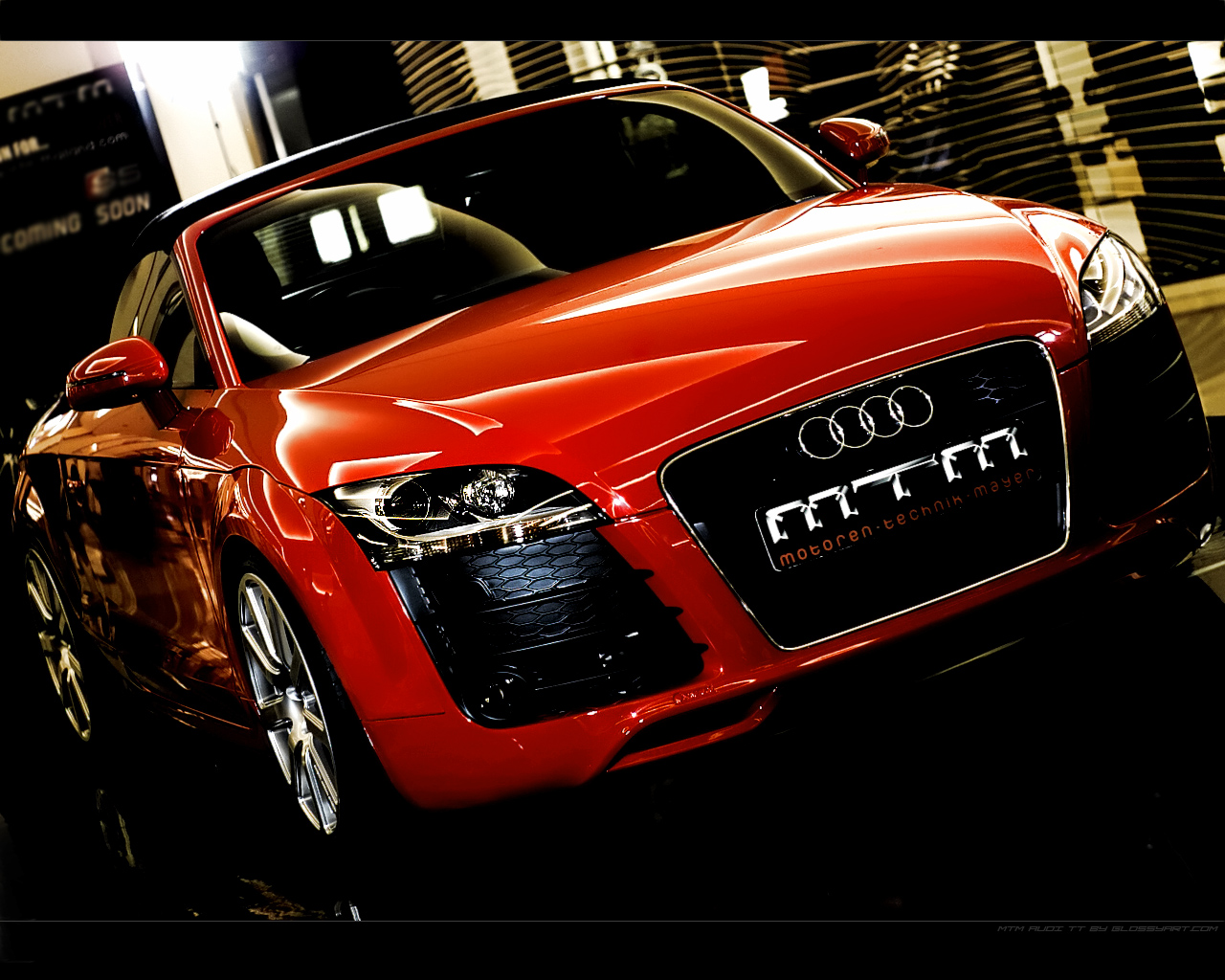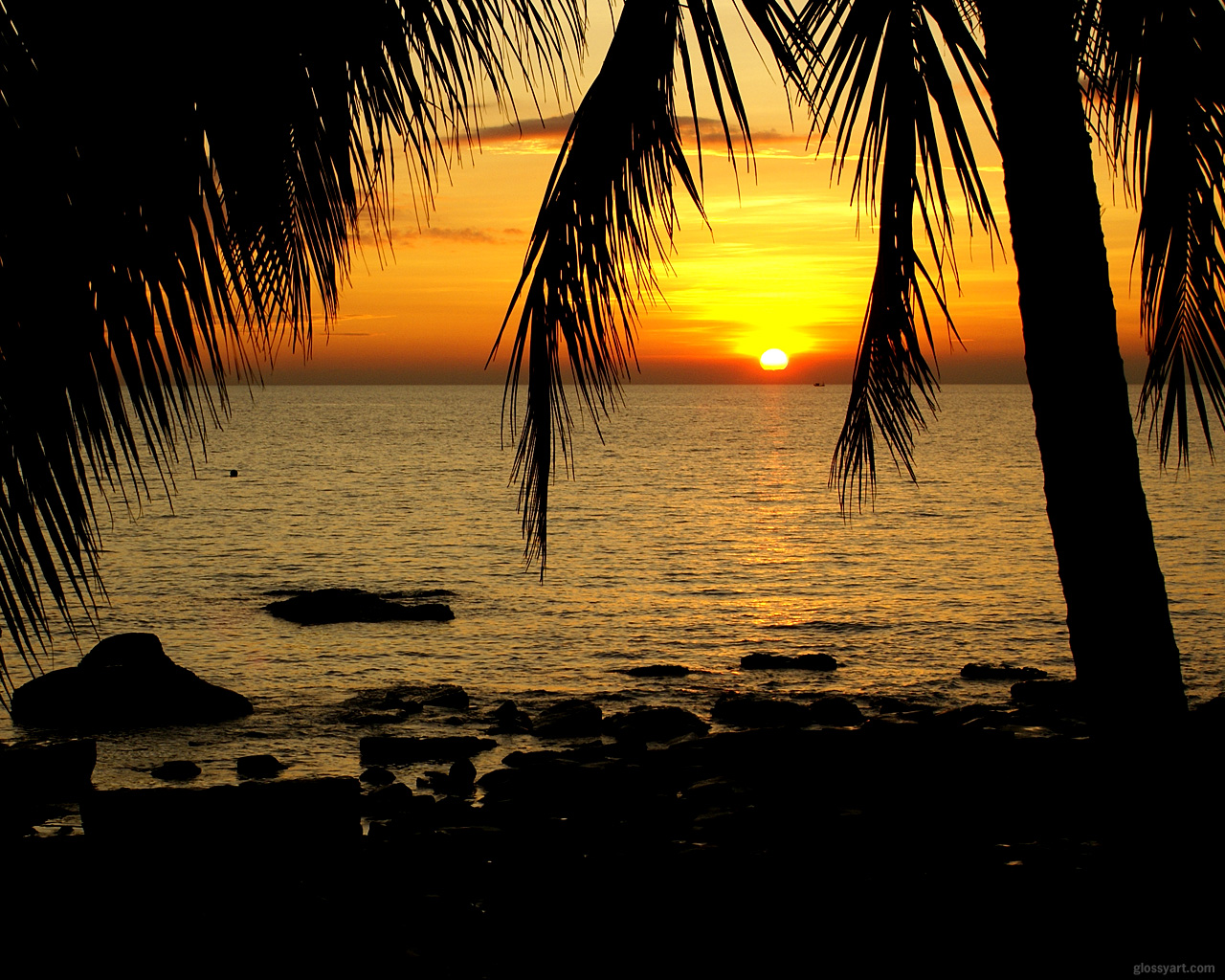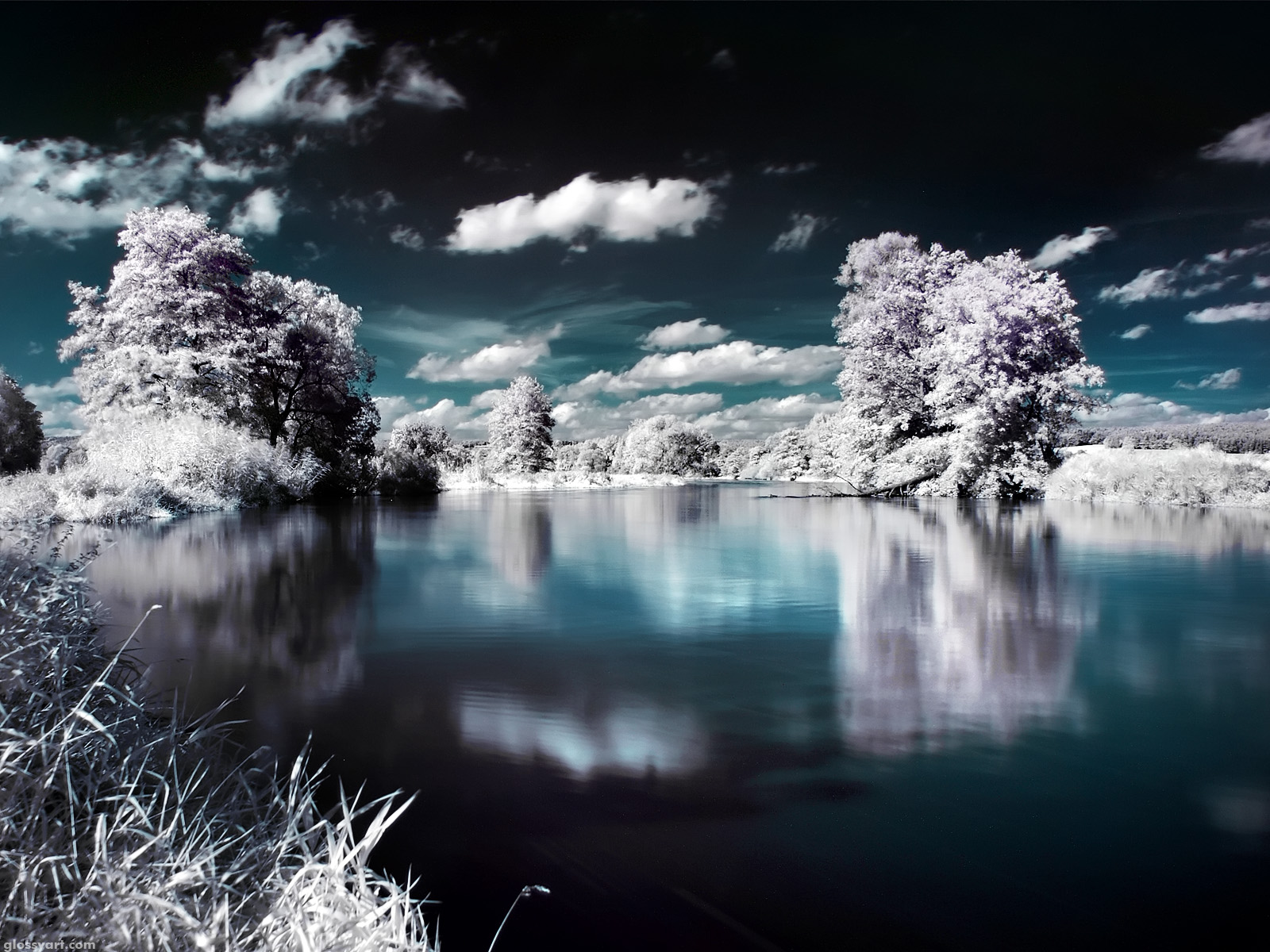In this tutorial you will learn how to take and process infrared (IR) images.You probably came across some infrared photos already without noticing it and were stunned by their beauty and maybe wondering how their special appearance was achieved. Most photographers choose a blue tone for their infrared images because then they will get a winterly look but sepia tones are found as well. However, the most important characteristics of an IR shot are the white trees and plants because they reflect IR rays almost completely. Enough said now–time for some action!
1. Requirements
If you want to take infrared images you first need an IR filter and a camera that can “see” IR light. Since some cameras have a built-in filter that prevents IR rays from coming through, you have to check if your camera can see IR light by pointing a remote control to the camera (with no filter attached). If you can see the infrared LED of your remote control glow then your camera is capable of taking IR shots.
There’s a variety of IR filters available. A good standard filter is the Hoya R72 infrared filter. The “72″ indicates that it will block light of wavelengths of more than 720 nm. You can also buy a colored IR filter for better contrast in different situations but if you have Photoshop you don't really need one because all the level adjustments can be done there.
2. Taking the shot
You can hardly see anything when you look through an IR filter. Since it blocks a huge amount of light the best shots are taken in bright sunlight with the sun in your back for maximum IR reflection. But even if it’s bright, you will have to use a tripod because the exposure will be much longer than normal.
Tip: Due to the long exposure time, you should also use a remote control or the self-timer to avoid vibrations. For best results, wait until there is no wind and the leaves on the trees are not moving so that everything is sharp on the image.
I experienced that a white balance of 2500K G9 works best for my camera but different camera models might require different settings. Since the Hoya R72 IR filter is almost black it always takes some time to get a sharp image with the auto focus. Once the focus is good enough I set the camera to manual focus (to "lock" the focus) and shot several images with different exposures in RAW mode. Thus I can choose the best exposure later because the display of the camera might not show the brightness accurately. Moreover, many different exposures allow me to create an HDR image if desired.
However, if the lighting conditions are not good enough problems with the autofocus may occur. In such cases, you have to focus manually while keeping the filter attached to the lens. If you remove the filter to focus manually the photo will be slightly blurred because IR rays do not have the same focal point than visible light rays.
3. Processing the image in Photoshop
Please note: This is only one way to process an IR image. Another way can be found here: http://www.glossyart.com/blog/2008/06/infrared-photography-tutorial.html
Your infrared image will probably have a red/magenta hue. Additionally, it may be very noisy depending on your exposure settings and camera quality. However, the noise can be fixed easily with Photoshop and also the hue is no problem. Here’s my original image:
The first step is to open the channel mixer (image > adjustments > channel mixer). Choose “Red” as the output channel and move the source channel slider of red to 0% and the slider of blue to 100%. Then choose “Blue” from the output channel menu and slide red to 100% and blue to 0%. You should get something like this:
Now it’s time to adjust the levels. Click on image > adjustments > levels (or press [Ctrl+L] and click on the “auto” button. Here’s the result of this action:
Additionally, you can adjust the levels manually. Choose the red channel in the drop-down menu and move the black slider a bit to the right (where the red slider is):
Then choose the green channel and move the sliders as indicated below:
Now it’s time to change the hue. Click on image > adjustments > hue/saturation (or press [Ctrl+U]) and check the “colorize” box on the right. Move the sliders of hue and saturation until you get a result that you like. Mine looks like this:
For reducing the noise I recommend Photoshop plugins specially designed for this job because the Photoshop noise reduction feature (despecle) is unsatisfactory. With plugins such as Noise Ninja or Neat Image you will get much better results. For the final step I also applied a bleaching filter (Red Paw Media Bleach Bypass Pro; free BleachBypass) before reducing the noise so that I got even more contrast. In the end my picture looks like this:
Labels: photography, photoshop, tutorial









































